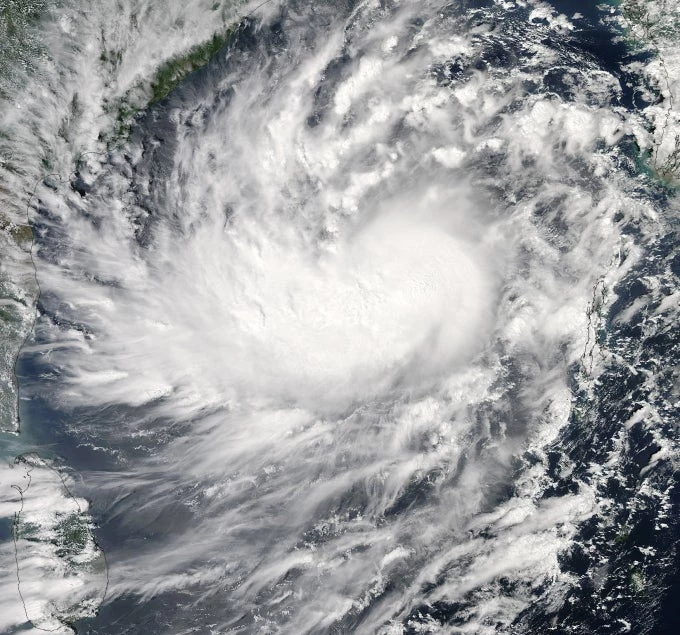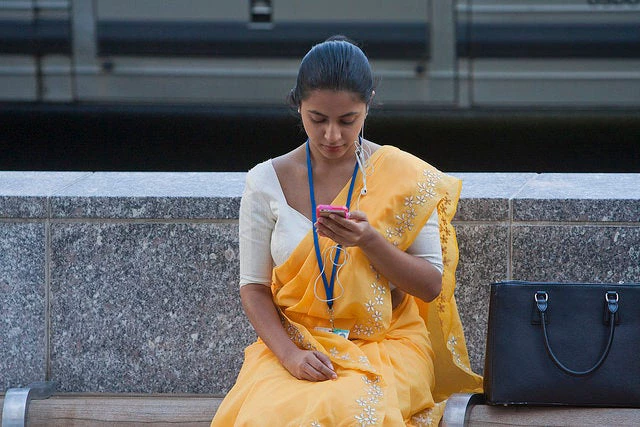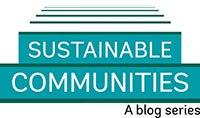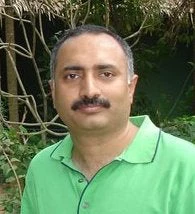

One evening, while returning from a field visit to Srikakulam district, we posed this question to Mr. V. Ramachandra, Superintendent Engineer of Public Works Department (PWD), what had been done differently. Mr. V. Ramachandra’s face lit up and he pulled out his smart phone. He showed us a “closed group” that the PWD engineers had created on Whatsapp. For the first three days after cyclone Hudhud, there was no electricity and no mobile connectivity. As the connections were restored, the PWD closed group became functional and that acted as the main tool of communication for information sharing. For any breach of road, the Engineers shared information through the Whatsapp group with a clear location and a short explanation of the problem. The person responsible for the area responded with a message stating how long it would take to clear the block. Even requests for tools and JCBs were made on the group. This helped identify and access required resources. The action taken was narrated on the group discussion page once the problem was solved. An updated photo showing restored road connectivity was uploaded to the group.
No meetings and no discussions at the district headquarter level had to be organized. The District Magistrate joined the group and gave instruction to the department through the closed Whatsapp group. Most roads were functional within three to four days. The whole department worked to provide its services through a messaging system, without any meetings and formal orders.
Social media has become a part of our daily lives and is a very powerful tool for emergency management if used properly. Social media and pre-designed apps are effective when written reports and formal meetings are not required. It is important to learn from such experiences and institutionalize them for effective and efficient use during periods of early recovery and emergency response.



Join the Conversation